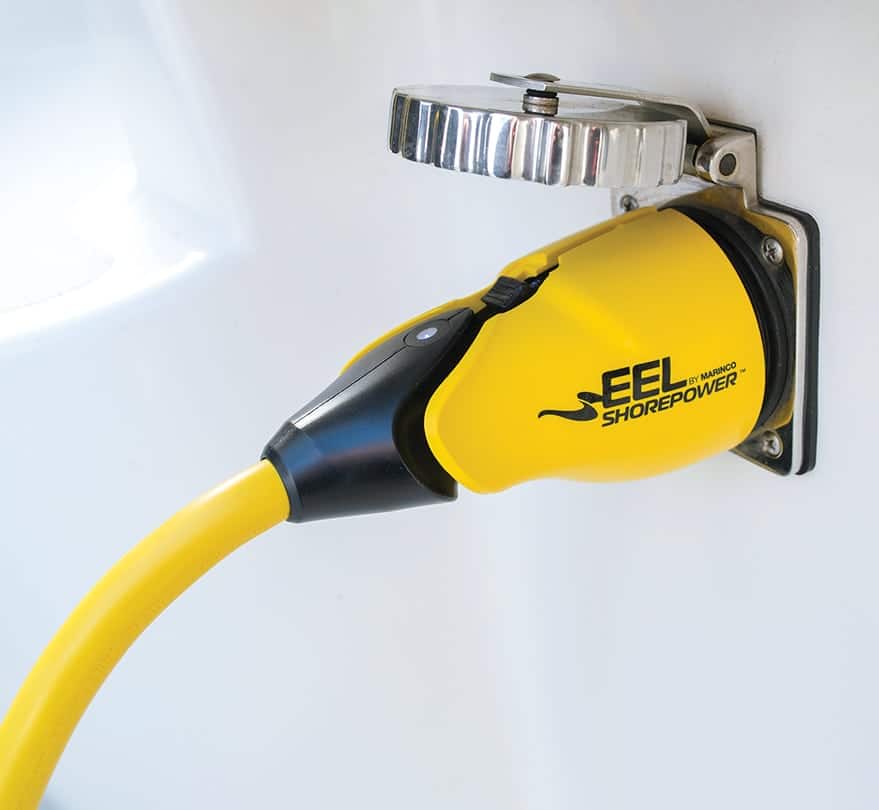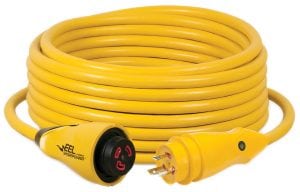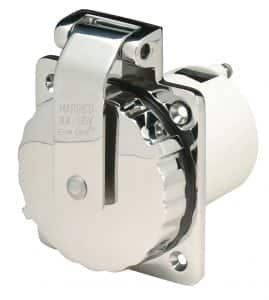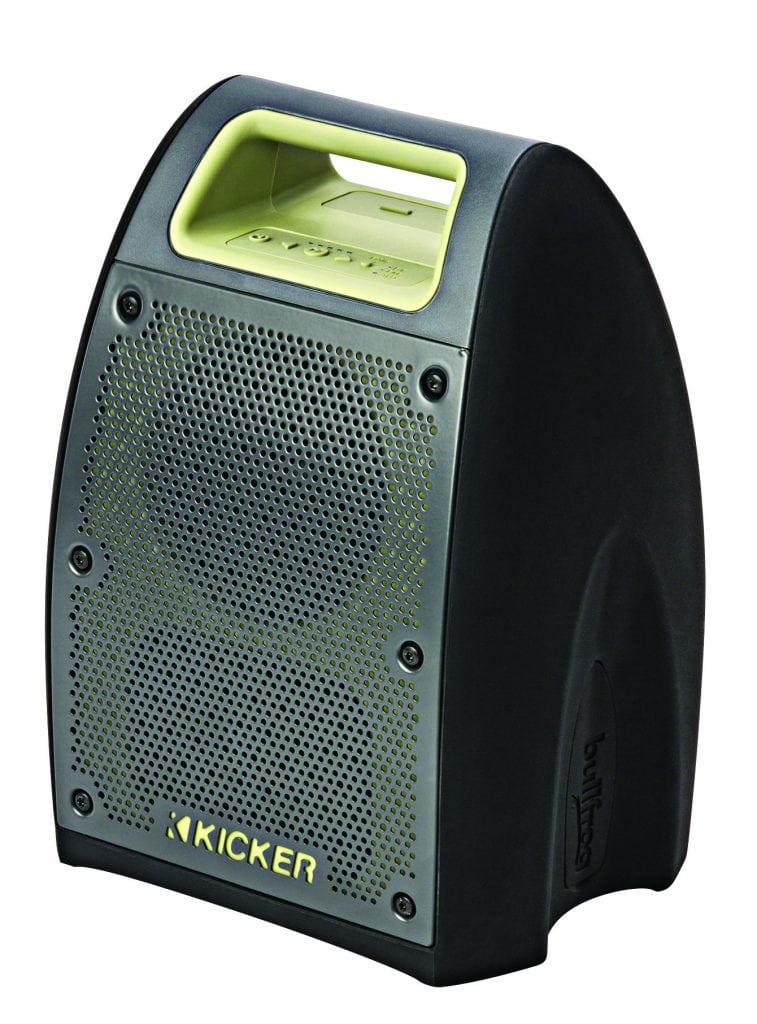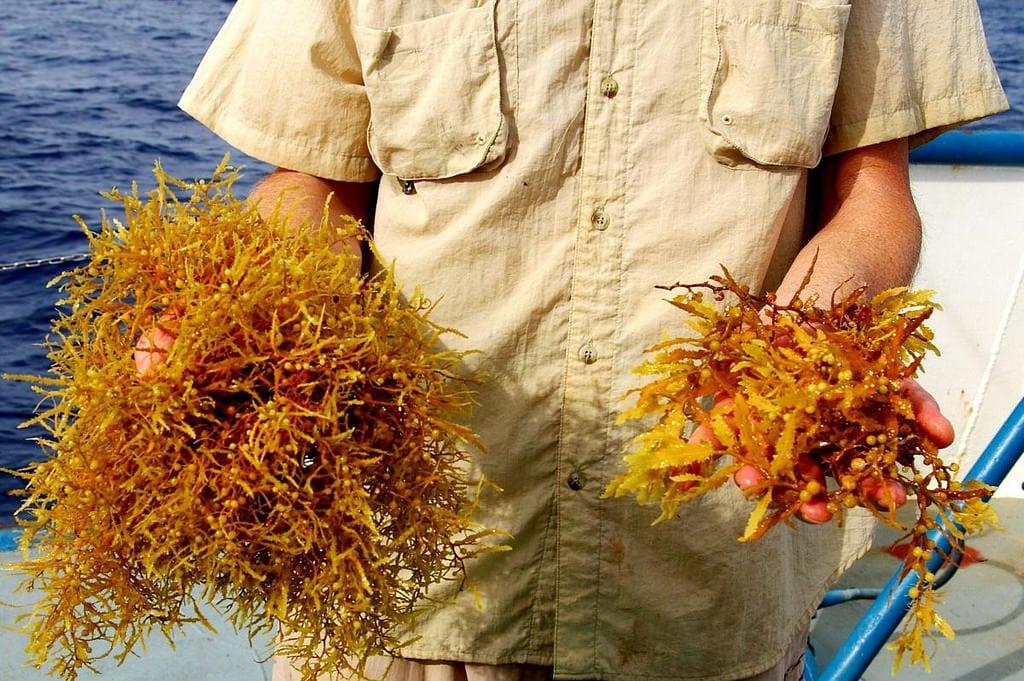It’s a Shore Thing: tips to solve your shore power connection problems.
Keeping a boat shipshape at the dock pays dividends. Neat and clean looks great and passersby say what a “well-maintained vessel you have.” Feels good, doesn’t it? Yet every boat owner knows problems are just over the horizon, and keeping shore power connections shipshape is a no-brainer. But when you take care of your power connections, they will take care of you. For example, always power down before connecting or disconnecting cords. That’s one of the shore power tips from experts who understand the challenges consumers face with marine shore power, and they advise that it’s not as difficult as it seems.
Shore power tips and tricks
Top of the list of challenges is keeping the flow of electricity constant and safe. “Maintaining a reliable connection between the boat, cord and dock pedestal is the biggest challenge for recreational boat owners,” explains Matt Elsner, product manager for Marinco, a leading manufacturer of shore power products. “This is solved by ensuring the cord is properly twisted into the inlet and receptacle and using the included locking ring (15A, 20A, 30A or 50A locking devices) to connect the cord to the inlet.”
Another challenge is the identification of connections, specifically differentiated between 50A 125V or 50A 125/250V. “The vast majority of 50A connections are 50A 125/250V,” Elsner adds. “Users confuse the two configurations as they look very similar.” Consumers should verify the voltage (125 or 125/250) which will be noted on the inlet or receptacle. Additionally, 50A 125/250V inlets and female connectors contain a visible grounding plate that can be used for identification.
Keeping connections dry is another challenge. It’s the marine environment, and moisture is everywhere. Water from the ocean or lake, or from rain, fog or morning dew, penetrates critical connection points. “Pigtail adapters are recommended for use in wet locations as they use locking rings to ensure a watertight seal between the cord and the adapter,” Elsner states. “Single-piece adapters are not recommended for use in wet locations as they do not provide a watertight seal.”
Inspecting shore power connections for wear takes just a few moments but can pay off by preventing a failure in electrical power that could be a minor inconvenience, or worse, a fire that could cause catastrophic damage to life and property. If you have stressed or strained the cord for some reason, take care to ensure it’s not damaged.
One of the most important shore power tips: Inspect all connection points (cord, inlet, receptacle, and adapters) before using if there’s been an event that could have caused damage. Corrosion or excessive wear on any connection point can be a sign of future issues, and an appropriate time to inspect these at least once a season is during your boat’s annual haul-out. Consider replacing the affected product as soon as possible.“If either end of a cord is damaged, a replacement end can be installed,” Elsner advises. “When installing a replacement end, also install a weatherproof cover to maintain cord integrity.”
When it comes to marine cord sets, you can’t skimp on quality. It is critical that the cord set is constructed to be durable enough to withstand a marine environment. “The best cord sets have a flexible outer jacket which facilitates routing and storage,” Elsner continues. “They are UV resistant to withstand exposure to the sun without compromising integrity, and most importantly, maximize wire strand count to ensure optimum conductivity.”
A clean cord is a happy cord
Keep it clean is one of the top shore power tips. A messy dock where shore power connections are in harm’s way is more than unsightly—it can cause problems. Storage bags can be used to cover extra cord as well as hold additional adapters. Clips for the handrail and deck on your boat keeps the cord in place.
If a cord is dropped into saltwater, rinse it with fresh water and apply a water dispersing spray on the blades and sockets. One of the most important shore power tips is keeping salt at bay. Saltwater can lead to corrosion which can cause the cords to heat up. “Although shore power cords are designed to be used in a marine environment, they are not designed to be in the water at any time,” Elsner adds. “Routing and coiling cords is important to avoid potential issues.”
A warm cord is the first sign that you have a corrosion problem, so check the temperature of the cords often. If all is well, the cord should be within two degrees of the ambient temperature. Once it gets higher than that—say 10 degrees above ambient temperature—then that’s the sign of a problem. Some people use infrared thermometers to check the temperature of their shore power connections.
By Doug Thompson, Southern Boating
February 2018

